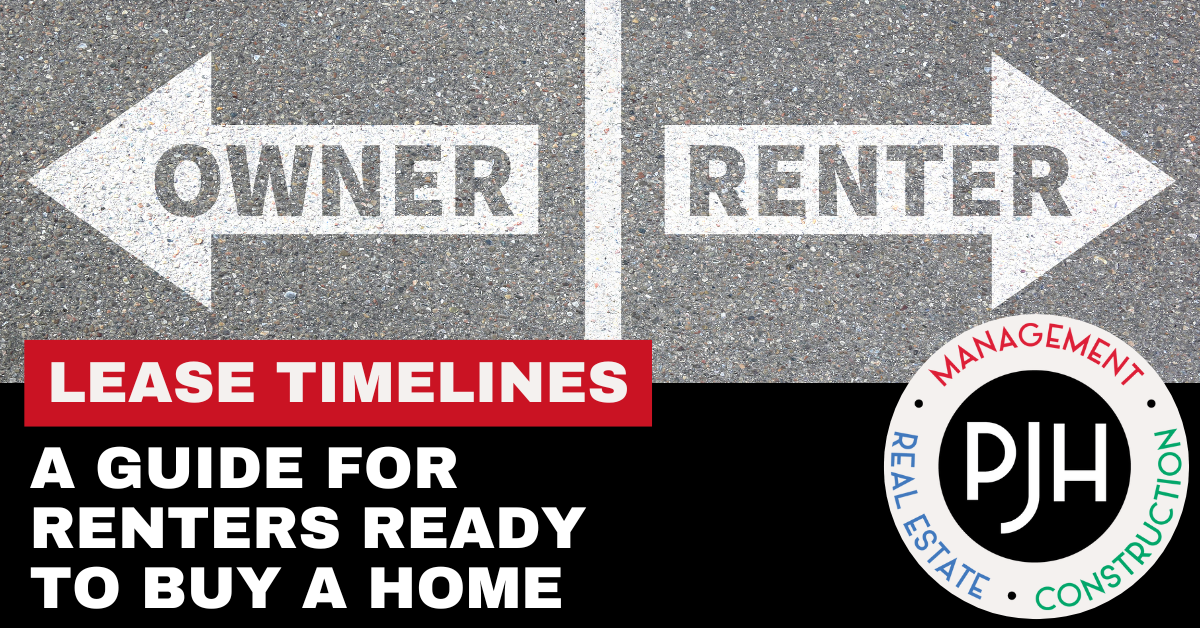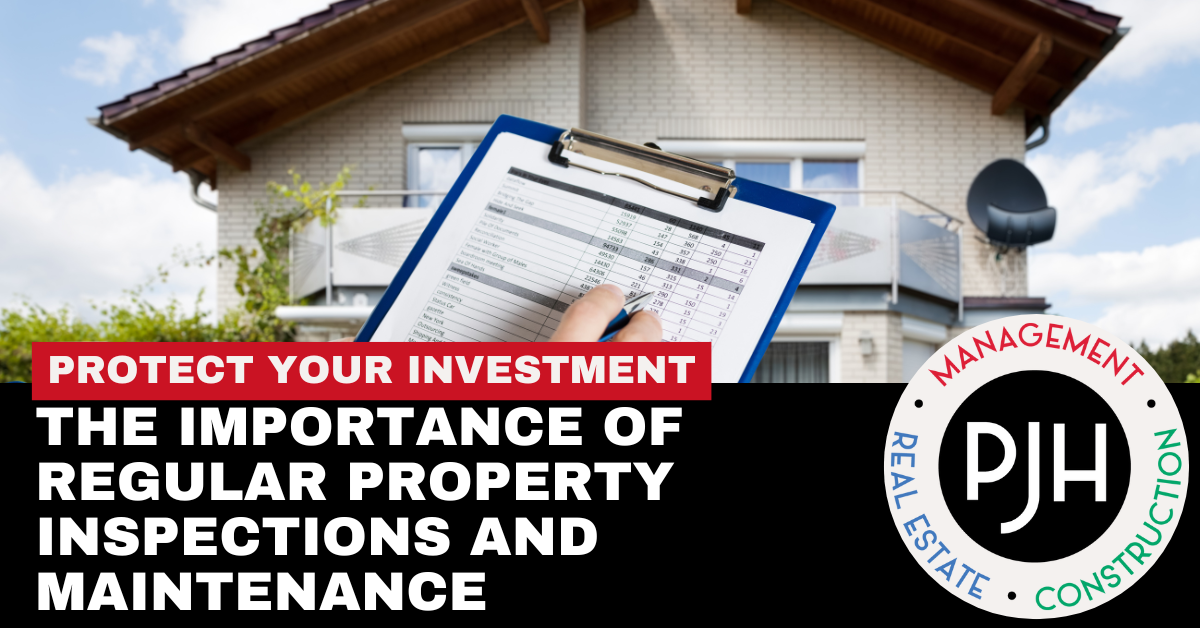Are you currently renting but dreaming of owning your own home? You’re not alone! Many renters like you are excited about the idea of becoming homeowners. However, if you’re in the middle of a lease, navigating the timeline for purchasing a home while still renting can feel tricky. Here’s what you need to know to ensure a smooth transition from renter to homeowner without getting caught in lease penalties.
1. Understand Your Lease Terms
Start by pulling out your lease agreement and reviewing it carefully. Look for sections on lease duration, notice periods, penalties for early termination, and any clauses that might allow you to break the lease without penalty, such as a job relocation clause. Knowing these details is essential for planning your move.
2. Calculate Your Timeline
When planning to buy, consider the average home buying timeline in your area. From getting pre-approved for a mortgage to closing on a house, this process can take anywhere from 30 to 90 days or longer. Compare this with the remaining time on your lease. If your lease is ending soon, great! If not, you might need to explore your options.
3. Explore Lease Termination Options
If you’re in the middle of a lease but ready to buy, there are several options:
- Subletting: Some leases allow for subletting, where you find someone to take over your lease for the remaining term. Make sure to get approval from your landlord and understand the terms.
- Negotiating an Early Termination: Talk to your landlord. Many landlords are open to negotiation, especially if they know they’ll find another tenant quickly. Offer to help find a new tenant or negotiate a fair penalty.
- Lease Buyout: Some leases include a buyout option, where you pay a fee to terminate the lease early. Calculate if this cost is worth the move.
- Month to Month: Ask your landlord about moving to a month to month lease during your remaining term.
4. Timing Your Home Search
Consider starting your home search a few months before your lease ends. This way, you have ample time to find a home and make an offer without feeling rushed. Remember that some homes might stay on the market for a while, while others get snapped up quickly, so flexibility is key.
5. Align Your Closing Date with Your Lease End Date
When you find a home, work closely with your real estate agent and lender to align your closing date with the end of your lease. This can save you from paying double for rent and a mortgage. Be aware that unexpected delays can happen in the closing process, so build in a buffer period if possible.
6. Plan Your Move
Once you have your new home secured and your lease termination strategy in place, start planning your move. Set up utility transfers, schedule movers, and coordinate with your landlord to ensure a smooth transition out of your rental property.
7. Communicate Clearly with All Parties
Keep an open line of communication with your landlord, real estate agent, and lender throughout the process. This transparency will help you navigate any unexpected changes and ensure everyone is on the same page.
8. Know Your Legal Rights and Responsibilities
It’s important to understand your rights as a tenant and a future homeowner. Research local and state laws regarding leases and rental agreements to ensure you know what is legally required of you when breaking a lease.
9. Seek Professional Advice
If you’re unsure about the terms of your lease or the best way to transition to homeownership, click here to schedule a free 15 minute phone call with one of our real estate professionals.
- Learn more! Read some of our related articles or stop by our You Tube channel.
- Schedule a free 15 minute call with one of our Real Estate Professionals to ask questions, start the process to buy or sell, or get financial advice!






